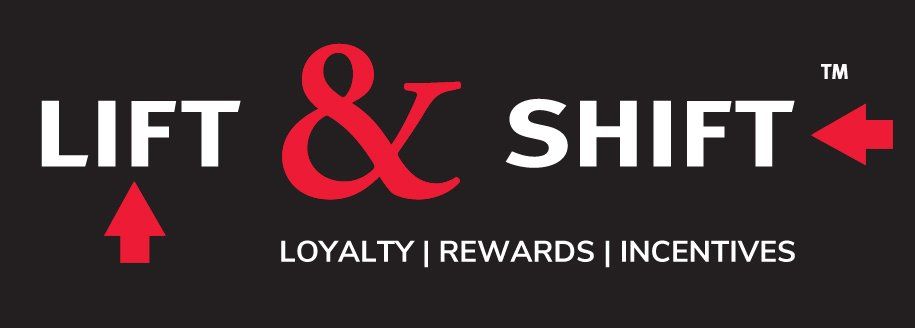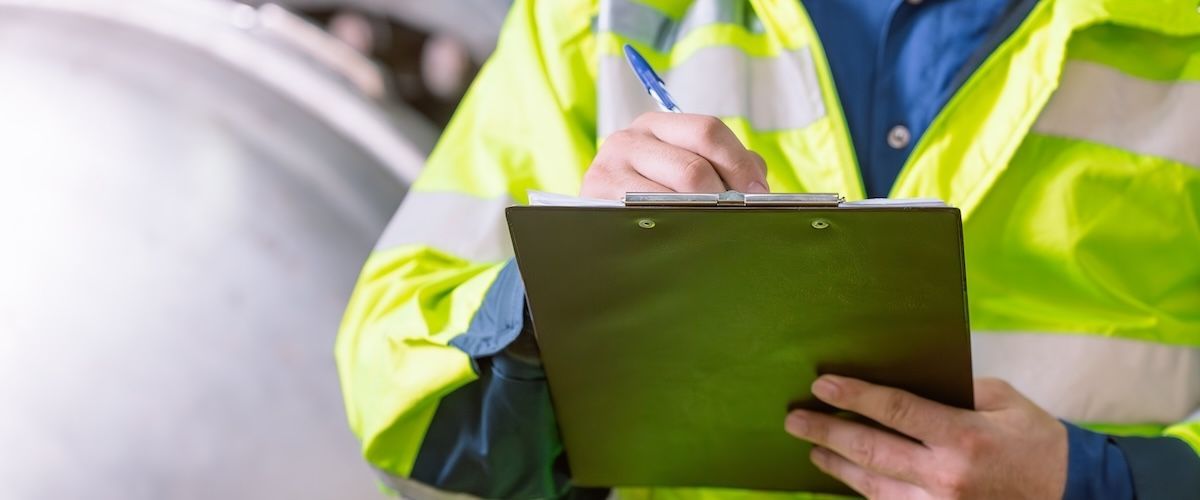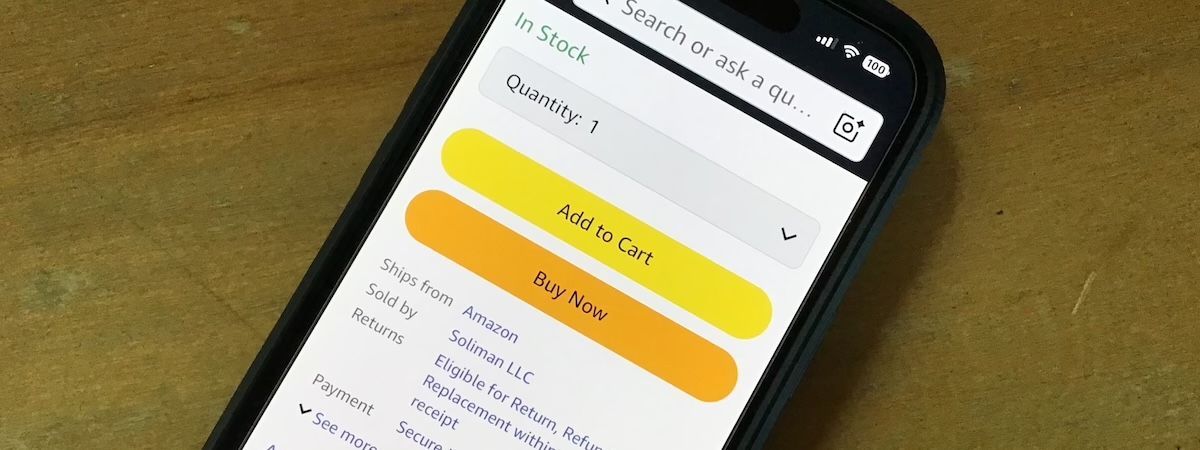5 Ways to Drive Incremental Sales Using Your Data and B2B Customer Loyalty Program
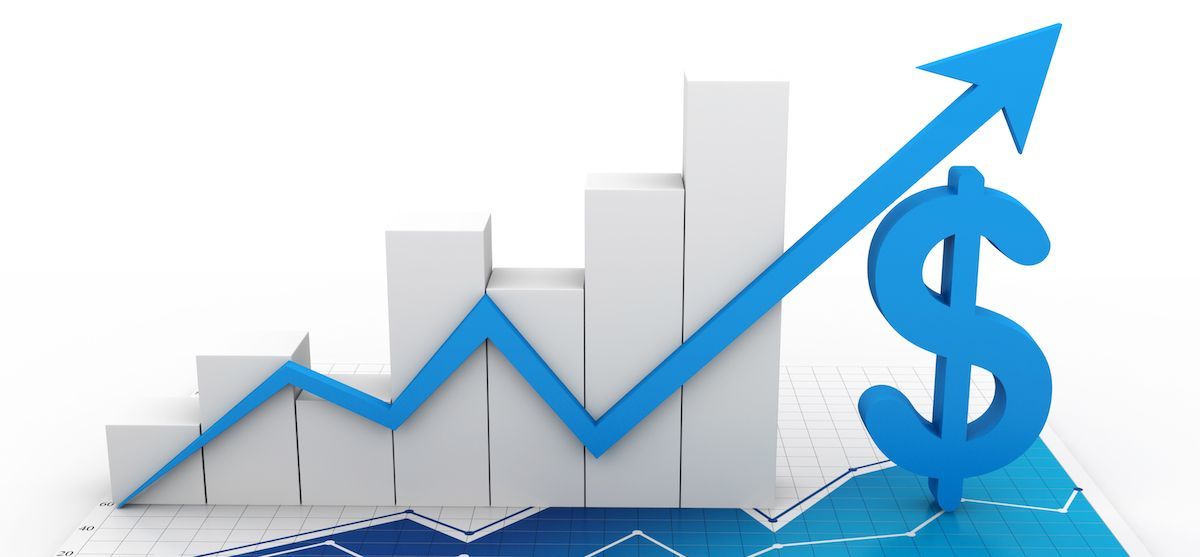
One of the most common issues we uncover when reviewing prospective B2B loyalty programs is companies not putting their historical sales data to work proactively to drive more purchasing by existing customers.
That's a major miss.
There is a lot of research about how much easier (and more profitable) it is to increase customer retention and sell more to existing customers versus acquiring new ones. B2B businesses are sitting on a goldmine of customer insights—past purchase behavior, category activity, order size trends, channel engagement—that can be used to drive real business outcomes. Yet, many organizations lack the time, tools, or experience to mine their data effectively and transform it into targeted loyalty program strategies that drive incremental sales and long-term customer loyalty.
Too often, we see B2B loyalty reward programs that rely on a one-size-fits-all approach, employing passive reward program offers and rules that do little to drive changes in customer engagement and associated purchasing. When customers opt in to your B2B loyalty program, they’re signaling that rewards can and do influence their buying behavior—especially when offers align with their specific needs and purchase potential.
Here are 5 easy ways to make use of historical customer sales data to boost customer retention, drive incremental sales, optimize share of market, and increase your average customer lifetime value using your B2B loyalty program.
1. Lapsed Customer Analysis
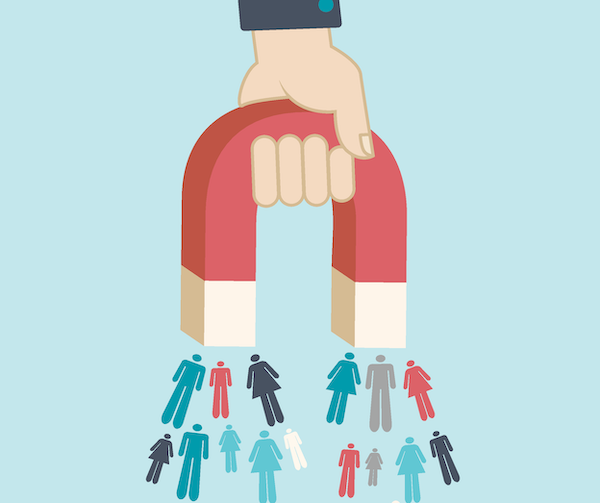
Thanks to tariff and supply chain disruptions that have hit numerous industries, many manufacturers and distributors have found themselves without inventory for extended periods. This forced many of their customers—even loyal ones—to seek out new vendors who had available product inventory. As a result, many of these formerly loyal customers have now settled into a routine of buying from these new vendors, making it exceedingly difficult to encourage them to return.
Lapsed customers are a perfect target audience for special “welcome back” offers. It’s as simple as looking through your data to see which B2B customers have reduced their purchase volume and frequency, with a particular focus on those who have dropped below your average purchase rates. Use this insight to develop targeted offers aimed at these customers only—and use increasingly rich bonus offers to woo back those customers who have dropped off the most.
Consider using limited-time offers to create a sense of urgency for that repeat purchase.
TIP: When coming up with appropriate “welcome back” offer values, consider the impact
a lost loyal customer has on your bottom line. What’s it worth to you to get this customer back? What sort of total gross margin do they represent in a year?
Develop rewards program offers that are tied to some sort of new purchase, but be sure to maximize these offer values to optimize the conversion rates and get more customers
back and buying from you and not the competition.
2. Category Purchase Analysis
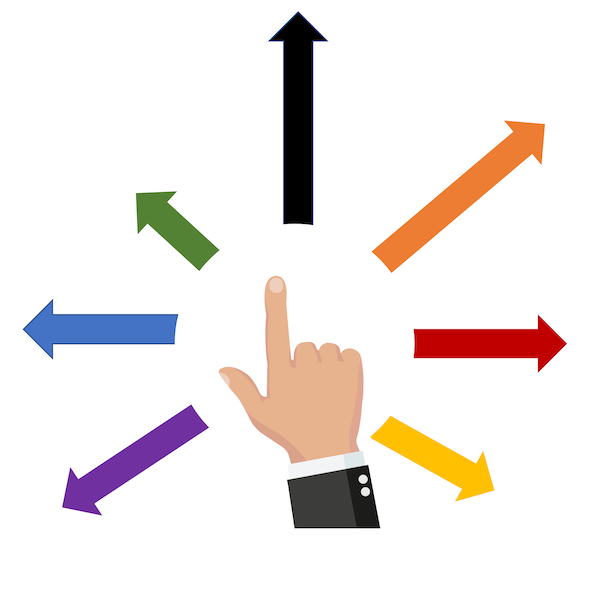
Many of the companies we work with offer a wide variety of products or services, but all too often we see customers “cherry-picking” their purchases—buying selectively from multiple vendors. This approach helps customers increase their odds of finding what they need and allows them to stretch their available credit and overall buying power more effectively.
This behavior represents one of the biggest areas of untapped potential—selling more to your existing customers or channel
partners. You’re not asking them to spend dollars they otherwise wouldn’t; they’re already spending those dollars—just not all with you. So do something about it. The odds are high that the customer will respond if you give them a compelling incentive.
The probability of selling to an existing customer is up to 14 times higher than the probability of selling to a new customer. Source: Marketing Metrics: The Definitive Guide to Measuring Marketing Performance by Paul W. Farris
Use your historical sales data and perform a simple category purchase analysis. Group your customers according to what they have been buying.
Customers who spend above average amounts in only one or a few categories are likely high-value targets who could be induced to direct more spending to you in exchange for increasingly valuable bonus rewards.
TIP - Use category maximizer bonus offers that include rules pertaining to a certain
minimum number of categories that need to be purchased within a given period of time, and increase the value of the rewards for customers who respond. Be sure to provide “stretch” goals, as some customers will increase order size and stock extra inventory when a reward offer is valuable enough. Just be sure to keep your offer costs in line with the incremental gross profit associated with these offers so that your offer ROI is always at least 400-500%.
3. Affinity Purchasing Analysis
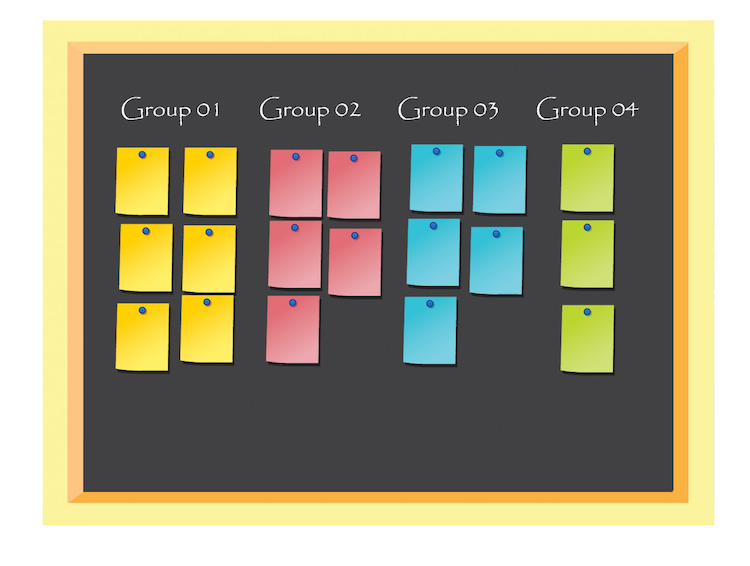
This analysis involves identifying groups of products or services that are routinely purchased together and then analyzing your data to identify customer segments who routinely buy one or two of these items, but not the entire bundle. Then it is simply a matter of developing special bundled product offers designed to encourage customers to buy more of the items than they have in the past. The better their response, the richer the offer. This is a perfect example of using your B2B loyalty
program to drive greater customer loyalty.
Note: You may wish to include a minimum dollar order size to ensure the bonus offer cost is easily covered many times over by the incremental gross profit from each order, thereby optimizing your offer's ROI each time.
4. Order Size Analysis
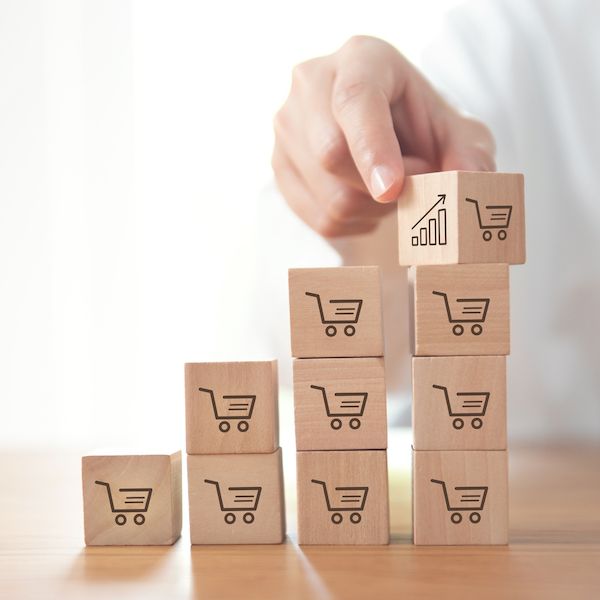
This is one of the simplest ways to effectively use your sales data. The idea is to simply encourage customers to load up on their orders by adding a few extra items they routinely buy, carrying them in inventory, etc. This reduces your costs to service the orders slightly and helps you lock up a greater share of their total purchasing in your category.
Look at the average order size for each customer and then categorize customers into several segments based on their average order value.
Once you’ve identified your customer segments, create some “stretch” goals for each segment, along with an associated bonus offer value for each larger order size. The bigger the increase in their average order, the larger the bonus reward amount.
5. Order Method Analysis
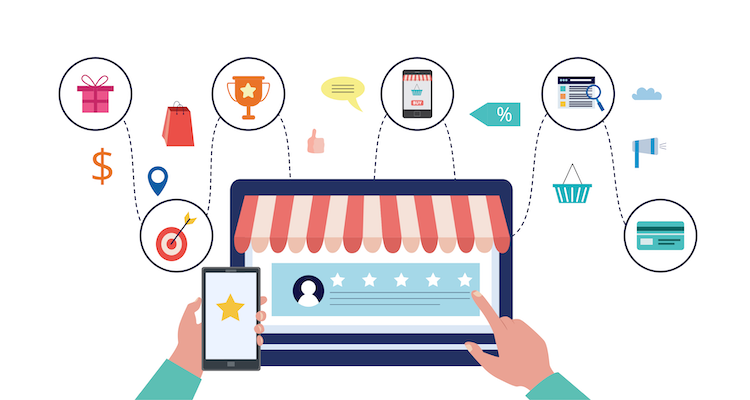
Over the past decade, many B2B companies have invested heavily in their e-commerce offerings, aiming to simplify the ordering process for customers and attract new customers from previously untapped or more distant markets. For almost any B2B company, online orders also cost less to service, improving bottom-line performance—but there are still many customers who
prefer to place orders the old way, by phone, fax, or in person.
Rather than eliminating these traditional order methods—which risks damaging the customer experience and lowering satisfaction—you can leverage your B2B loyalty program by introducing special bonus reward offers that encourage customers to set up an e-commerce account and place their orders online.
Using your sales data to support this digital migration is straightforward and typically employs two different bonus offers:
- Account Set-Up Offer—This is typically a one-time, lump-sum bonus awarded to customers who take the time to set up their online account. As a reward, the vendor might dangle a reward offer of a fixed number of bonus points. Often, this lump-sum offer includes a minimum starting order requirement to help offset the cost of the reward.
- Ongoing Purchase Offer—To reinforce this new purchase method, customers might be offered an ongoing bonus on all subsequent online orders for a limited time period.
Use what you already own
Sales data is a literal goldmine just waiting to be used—and you already own it. When analyzed properly and activated through a B2B loyalty program, this data can boost customer engagement, customer satisfaction, and brand loyalty.
At Lift & Shift, we help B2B businesses like yours turn dormant data into high-performance loyalty strategies. Using our analytics services and our proprietary B2B loyalty platform, we help you:
- Identify underperforming segments and purchasing gaps
- Create high-impact bonus reward offers
- Tie offer value to sales opportunity size
- Ensure all offers are performance-based to protect your ROI
Increasing the value of each loyal customer with loyalty program bonus offers that have built-in ROI is an incredibly effective and cost-efficient way to drive incremental sales and profit for any B2B business.
Ready to start mining your data for incremental profit?
Let Lift & Shift show you how a B2B loyalty program powered by customer analytics can fuel your sales growth.
The Ultimate Guide to B2B Loyalty Programs
This article is part of a series covering how growth-based loyalty programs can elevate sales and company profits by incentivizing current customers to spend more, attracting new customers with appealing rewards, and motivating your sales team.
If you'd like to learn more about B2B Loyalty Programs, then please read the next article in the series: "Case Study: Tire distributor increases target tire sales 179%".
For an overview of all articles in the series, please visit our resource page "The Ultimate Guide to B2B Loyalty Programs".
Lift & Shift™ offers a powerful proprietary B2B reward platform that can help your company leverage its sales data to drive incremental purchases with customers and channel partners or motivate sales staff. We work with manufacturers, distributors, and service providers to analyze sales data, identifying purchasing gaps and other valuable targeting opportunities.
We create and deliver highly relevant offers to customers, in-house sales staff, or sales associates, motivating your target audience to respond, using a wide array of appealing reward options as influencers. Our performance-based reward structures deliver an unparalleled return on investment, with absolutely no wasted budget.
Our customizable reward platform enables clients to easily benefit from a robust loyalty reward program. It's affordable and includes Lift & Shift’s turnkey professional program administration. We take care of everything so you can focus on your key initiatives.
Looking to create or improve your program?
We can help!
Blog page form

